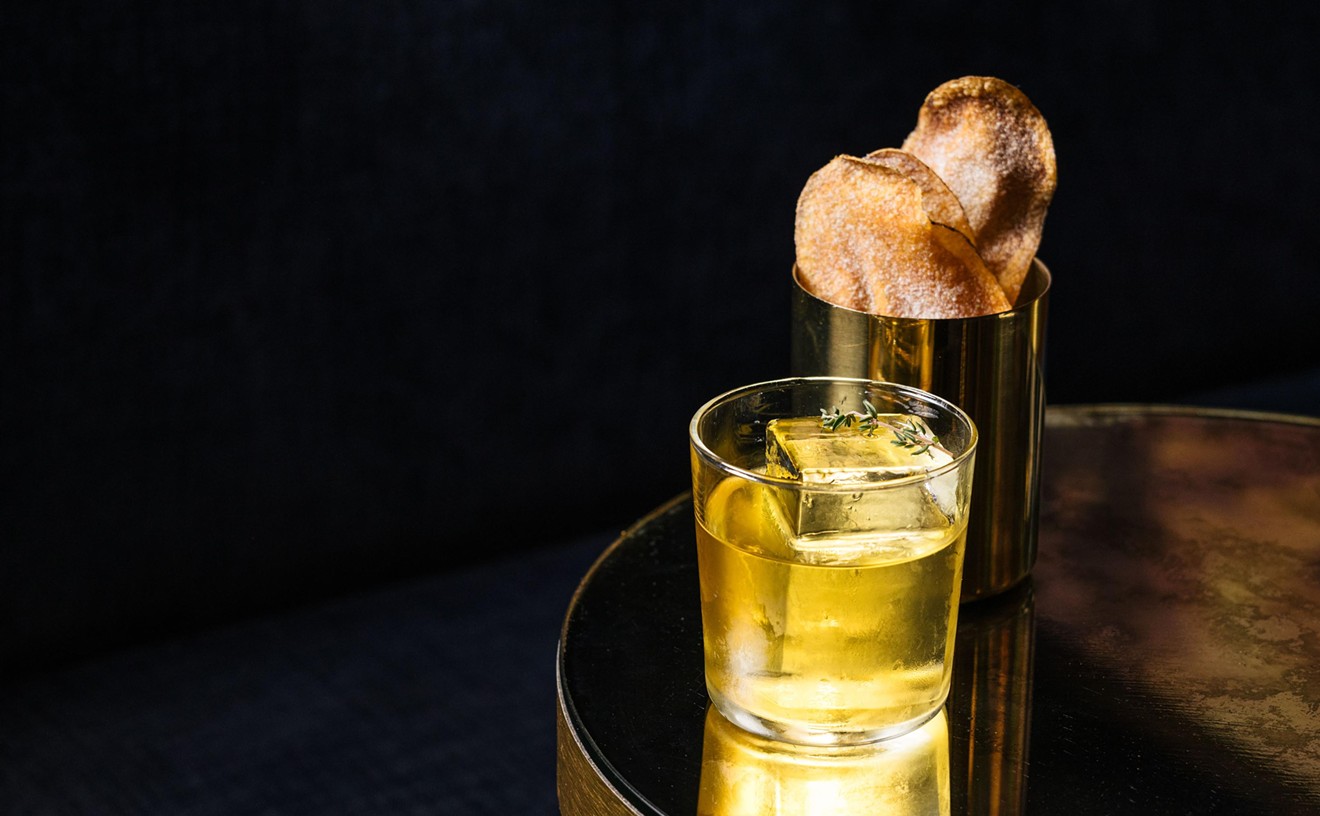I'm very happy to report that once you've scrubbed the heck out of your cast iron skillet, seasoning is pretty much a breeze. I didn't know this, of course, until a kind commenter left directions on "Seasoning Your Cast Iron Pan" on the above-mentioned post. Thank you!
See Also: Use Salt to Clean and Restore Your Cast Iron Skillet Cook Your Hash Browns in a Waffle Iron?
Re-seasoning your skillet after a thorough cleaning is absolutely critical. The "seasoning" is the coating, or layer that makes the skillet non-stick. The cast iron skillet is essentially useless when it's not properly seasoned. Luckily, you don't need any fancy equipment or cleaners. All you need is your skillet, an oven, and some oil or grease.
Now, there's a lot of debate about what kind of oil to use. And people seem pretty stuck on their choices. From what I gathered, the most traditional folks use bacon fat or lard. I didn't have any of this stuff on hand, though. Other people use canola oil or vegetable oil and there is debate within these, too. One site I read said never use vegetable oil, but there are plenty of people, including the author in the tutorial above who claim to use it with no trouble. Because I cook most often with coconut oil, I opted for that and hoped for the best.
Simply spread the oil, lard, or bacon fat all over the interior of the skillet. Many people coat the entire thing. I put a tiny bit around the sides of the pan but stayed away from the bottom. I read one woman's story about how her skillet caught on fire because of too much oil on the bottom of the pan, and that was enough for me. It helps to use a paper towel to spread the oil.
Place a cookie sheet or aluminum foil in the bottom of the oven to catch any potential drips from the pan, then place the skillet upside down in an oven heated to 425 degrees.
Allow it to "bake" for an hour, then turn the oven off, leaving the skillet to cool inside the oven. It should now be ready for use. And just to make sure, I made a Spanish tortilla de patata. Tortilla de patata is an egg and potato dish that gets baked in the oven. I figured eggs and potatoes are the two stickiest things out there, so there would be no questions left about it being properly seasoned or not.
Here's what the skillet looked like after some slices were cut:
As you can see, there was quite a bit stuck to the skillet, which made me a little nervous. "How am I gonna get this stuff off?" Then I remembered, "SALT!" And the whole thing began again. I scrubbed the heck out if it with salt, and it's sitting in the oven smothered with another layer of coconut oil as I write this.
I think going with the patata may have been a bit much for a first time meal. Evidently the patina builds up as you use the skillet. Using it to cook things that don't stick is a good way to build the patina, or "non-stick" quality of it. Eventually, it should be where you only have to wipe it with a paper towel to clean it. I'm not giving up.










